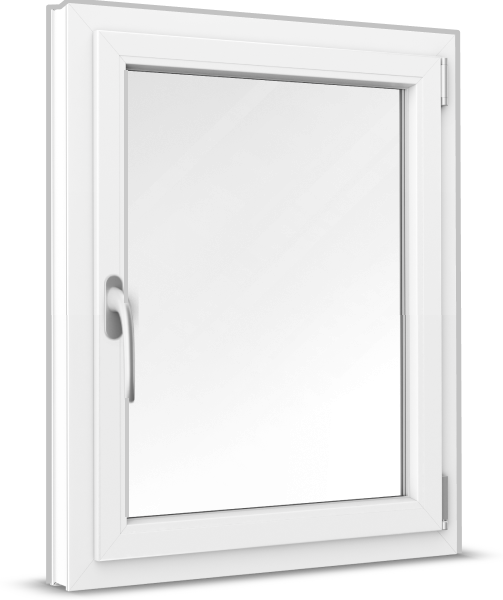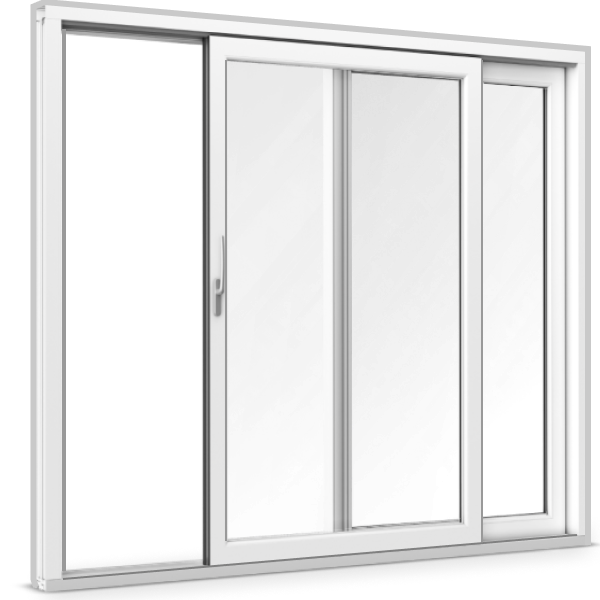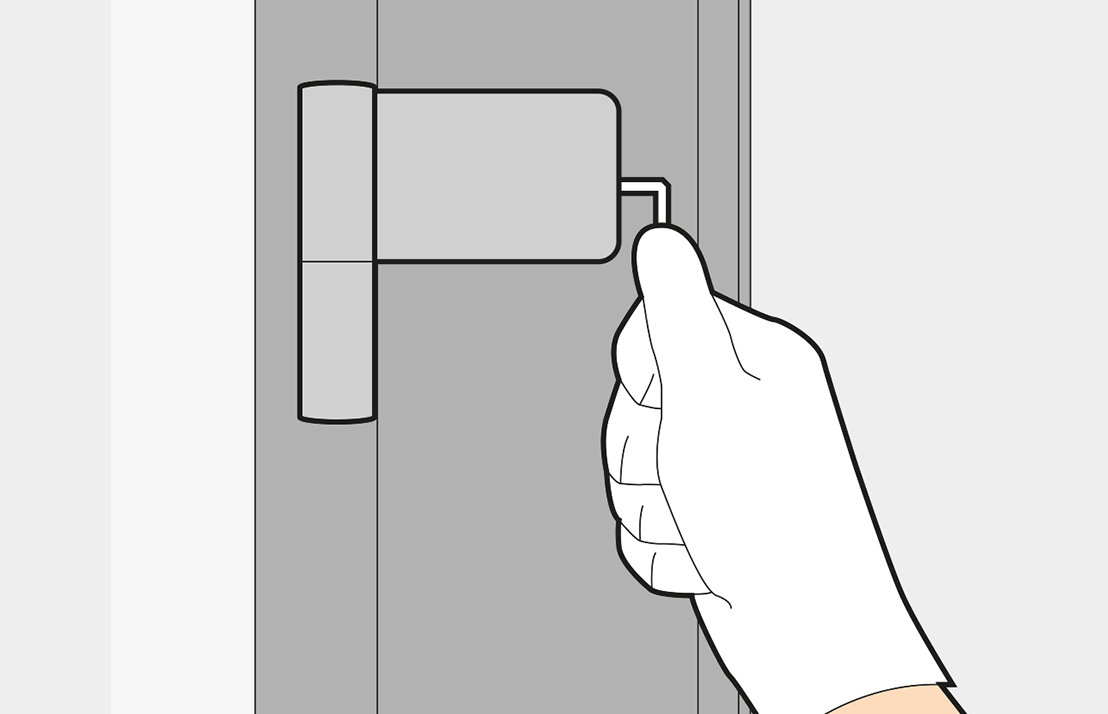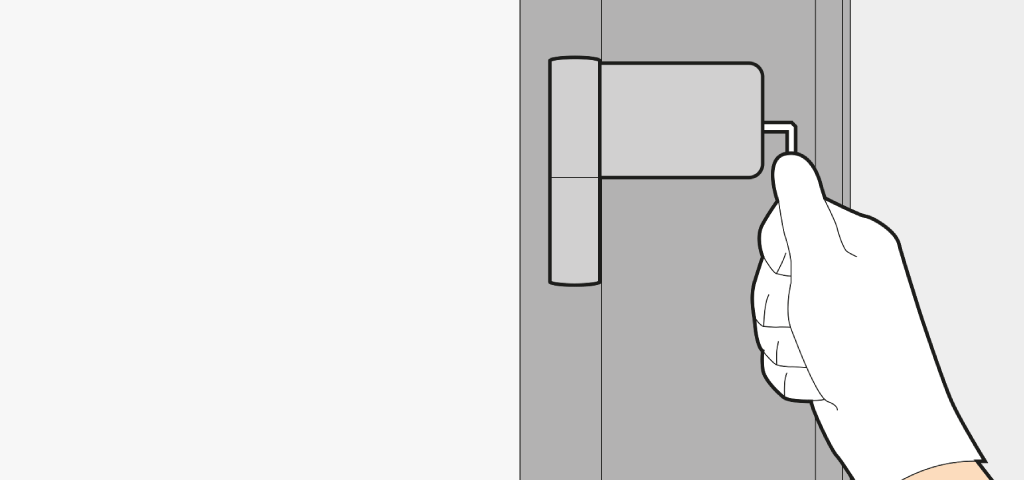-
Windows
 Windows
Windows
-
French Doors
 French Doors
French Doors
-
Patio Doors
 Patio Doors
Patio Doors
-
Front Doors
 Front Doors
Front Doors
-
Roller Shutters
 Roller Shutters
Roller Shutters
-
Window Sills
 Window Sills
Window Sills
-
Sign in
Contact us

Annoying dragging on the floor, the door wobbling on its hinges when closed, or an unpleasant draught: a back door that is incorrectly positioned should be adjusted quickly in order to maintain its thermal insulation and functionality. To avoid having to call out a craftsperson, it makes sense to adjust the back door yourself.
Modern door hinges are designed in such a way that you can set the right contact pressure, the right height and the right depth quickly and easily with just a few tools and brief instructions.
Table of Contents
Tool list
Choosing the right tool is important so that the door can be adjusted without injuries or loss of material: you usually do not need many tools or new tools for this. Standard size screws are usually used to adjust the back door. It is therefore not necessary to purchase screwdrivers and Allen keys in extra sizes.
Before you readjust the front door, you should get an idea of the problem. These issues are common:
| Problem occurring | Applicable adjusting screw |
|---|---|
| Door leaf drags on the floor | Vertical adjustment screw |
| Door leaf wobbles in the frame (when the door is closed) | Adjusting screws on the striking plate |
| Door leaf does not close properly (door has to be pushed too hard to close it or sticks) | Horizontal adjusting screw |
| Door does not close properly, because the door leaf protrudes beyond the profile | Horizontal adjusting screw |
| Doors lets in a draught | Check all adjustments |
Determining the problem helps to be able to adjust the back door correctly, quickly and easily. As adjustment screws can vary from hinge to hinge, it is a good idea to have the back door instructions to hand and be aware of which screw is for which adjustment.
A back door that is incorrectly adjusted in height can be the cause of two of the problems mentioned above. If back doors are set too high, their thermal insulation properties can be negatively affected, since warm air can escape under the door leaf.
With modern door systems, which are also equipped with a floor rail, a correct fit is necessary in order to be able to achieve the specified U-value for the back door. A door set too low can cause damage to the floor material and the back door itself. This is how the adjustment works:
The door leaf scraping the floor is often related to the fact that the floor underneath the door leaf has settled or lifted. This can be checked by placing the spirit level on the floor, imitating the course of the door leaf with the level and paying attention to any deflexion.

If your back door is difficult to close or if you notice a draught on the closing side, the vertical setting must be readjusted (Fig. 2). This is achieved by turning the vertical adjustment screw. First of all, you should check whether the door leaf is misaligned over the entire width or whether it sticks at the top or bottom end.
If the door leaf is evenly misaligned across the entire side, it is advisable to remember the turns made on one hinge so that you can make the same amount of turns on the other hinge.
Please refer to the specific instructions for your back door to find out which screw is used to make the vertical adjustment.

You can tell whether the contact pressure of a back door is set correctly by the way the door leaf sits when it is closed. If the sash wobbles when it is in the lock, or if the door bolt only snaps into the lock when pressure is applied, the contact pressure should be adjusted (Fig. 3). There is also a special screw for this on each hinge – please refer to the door instructions to find out where this is located. If a lot of force has to be used when closing the door, the contact pressure of the back door is too high. If the door wobbles, it is set too low.

When adjusting back doors vertically, you should pay close attention to the adjustments made in order to ensure that the door leaf sits evenly. There are often marks on the screws to be able to track the angle of the turns made.
If the back door wobbles when closed, this can also indicate incorrect adjustment of the closing mechanism and should be rectified in order to maintain the thermal insulation properties of the back door. The striking plate is adjusted using two adjusting screws above and below the locking plate. Turning the screw in the direction in which the door opens pulls the sash tighter into the lock. When turning towards the interior, the closing mechanism has more give.
A modern back door can only fulfil its desired function if all parts of the system are ideally adjusted. It is therefore essential that the door leaf fits perfectly in order to be able to guarantee the intended protection against burglary and heat loss. The door's material is also subjected to excessive stress if it sits incorrectly and must therefore be replaced sooner.
Checking and readjusting the door can save money, as an expensive craftsperson is not usually required. With instructions and common tools, adjustments are easy to make and can also be carried out by laypeople without complications.